Land of Sharp Contrasts
My next stop on my route to Portland was an oasis called Crow Butte Park. By saying oasis I am being literal, as despite the copious water in the Columbia River this area East of the Cascade Mountains is quite arid. It’s remarkable how different the environment is when you cross that sharp, invisible line on the map: to the West evergreen forest with 100 inches of precipitation, to the East sage and scrub that can survive on a mere 5 inches of rain each year.
The transition point is near the town of The Dalles, but I had chosen a park 75 miles to the East on an island in the middle of the Columbia. If you look at satellite views of the area, it looks like one of those composite images made up of hundreds of round green dots, thanks to the widespread use of center pivot irrigation. It is water pumped from the river that allows this land to support life other than rattlesnakes and coyotes, and the campground is no exception. The primary job of the camp hosts here seems to be to move the sprinklers about that run every day, creating an improbable lush green corner on an otherwise crispy tan island.
Crow Butte was a good representative for this part of Washington though – the opposing influences of a severe climate and a major waterway have the end result of making the place interesting in unexpected ways. The island is too far East to be considered part of the Columbia River Gorge National Scenic Area, a big tourism magnet. It’s also downstream of the infamous Hanford Site, home of the most toxic waste in America, the legacy of manufacturing plutonium during the cold war. Not close enough to benefit from the federal money being spent on the clean up mind you, but not far enough to keep you from wondering how much of that radioactive sludge is making it into the park’s water supply.
It’s also isolated by it’s location. Though the town of Boardman is just across the river, you can’t there without a boat. Most of the development in the area is on the Oregon side, and it’s 30 miles to the closest bridge where you can find gas and groceries. The coup de grâce was delivered by the government. Originally built by the Corps of Engineers as part of the giveback for damming the Columbia, the Corps quickly unloaded Crow Butte on the State of Washington. Unfortunately the State’s park system is chronically underfunded (this explains the many user fees and high camping rates). During a budget shortfall in 2002 the State closed Crow Butte along with a handful of other lower visitation properties. Since then it has been managed by private organizations, currently the county Port Authority in Richland, an hour’s drive to the Northeast.
I spent one of my days at Crow Butte Park hiking the trails around the island. Each trail is only a couple miles long, but you make several elevation changes and no water is available outside the campground. I never saw anyone else during my walks, which was nice. Everyone else was either in the campground or boating on the river.
The Wizard of Odd
One man was largely responsible for the development of this part of Washington: Samuel Hill. Sam was a lot of things – Quaker, linguist, Harvard graduate, lawyer, railroad executive, globetrotter and father to several children by several women. In his day he was viewed as eccentric, today we’d call him bipolar. In his manic moods he’d become obsessed with something for a while and pour tremendous energy into it, only to lose interest and move on to something else.
One of those flights of fancy was an idea for a farming community of Quakers centered on a grand chateau built on the heights above the Columbia River. Sam named his house Maryhill after his wife, but after a couple years living in Seattle she returned back East. Hill remained in the Pacific Northwest, but when no Quaker farmers materialized he changed his mind about Maryhill and re-purposed the nearly finished chateau as an art museum. As a result, no one has ever lived there and the original concept of a drive-in structure was changed to a more traditional layout better suited to a museum.
He dedicated the place to one of his pals he’d met gadding about Europe, Marie, the last Queen of Romania. She donated some royal goodies and he bolstered the museum’s catalog with a variety of personal collections that he’d put together during his years travelling the world. In addition to the Maryhill Art Museum, Sam built a demonstration road (he was an early advocate of asphalt paving) and a recreation of an undamaged Stonehenge. He’d visited the original in England and was told it was a temple for human sacrifice. Mix that together with a Quaker upbringing and a dash of mental instability and you have a monument to WWI soldiers “sacrificed to the god of war”. Constructed of concrete and re-bar, it still stands today even though the original town of Maryhill that Sam built around it burned to the ground in a wildfire. The truant Quaker farmers chose wisely it seems.
Today a new Maryhill exists below on the banks of the Columbia, where fruit and wine production are the economic drivers, shored up by tourists who stop by to look at Sam Hill’s strange legacy.
Maryhill Art Museum
A couple miles to the West, the art museum is open to the public. Although it now operates as a registered non-profit, the folks who curate it continue in the eclectic tradition of the founder. As a result the exhibits are a hodgepodge with no common theme other than they are mostly outside the scope of what you’d see in a “normal” art museum. Definitely a strange sort of place, but representative of the mind of Sam Hill and worth a visit.
Some of the exhibits were standard museum fare, like a gallery of Rodin sculptures and a pretty good Native American decorative arts collection.
And then there were some smaller galleries like religious icons Hill had collected in Eastern Europe and other personal mementos. One of my favorites of this class was an excellent group of chess sets from all over the world that had been put together by a previous director of the museum.
Finally there was stuff that walked the line between quirky and downright weird, like miniature fashion show models from post-war France and creepy paintings by an artist named Richard F. Lack. I won’t attempt to explain either of these, if you want to know more check the links below.
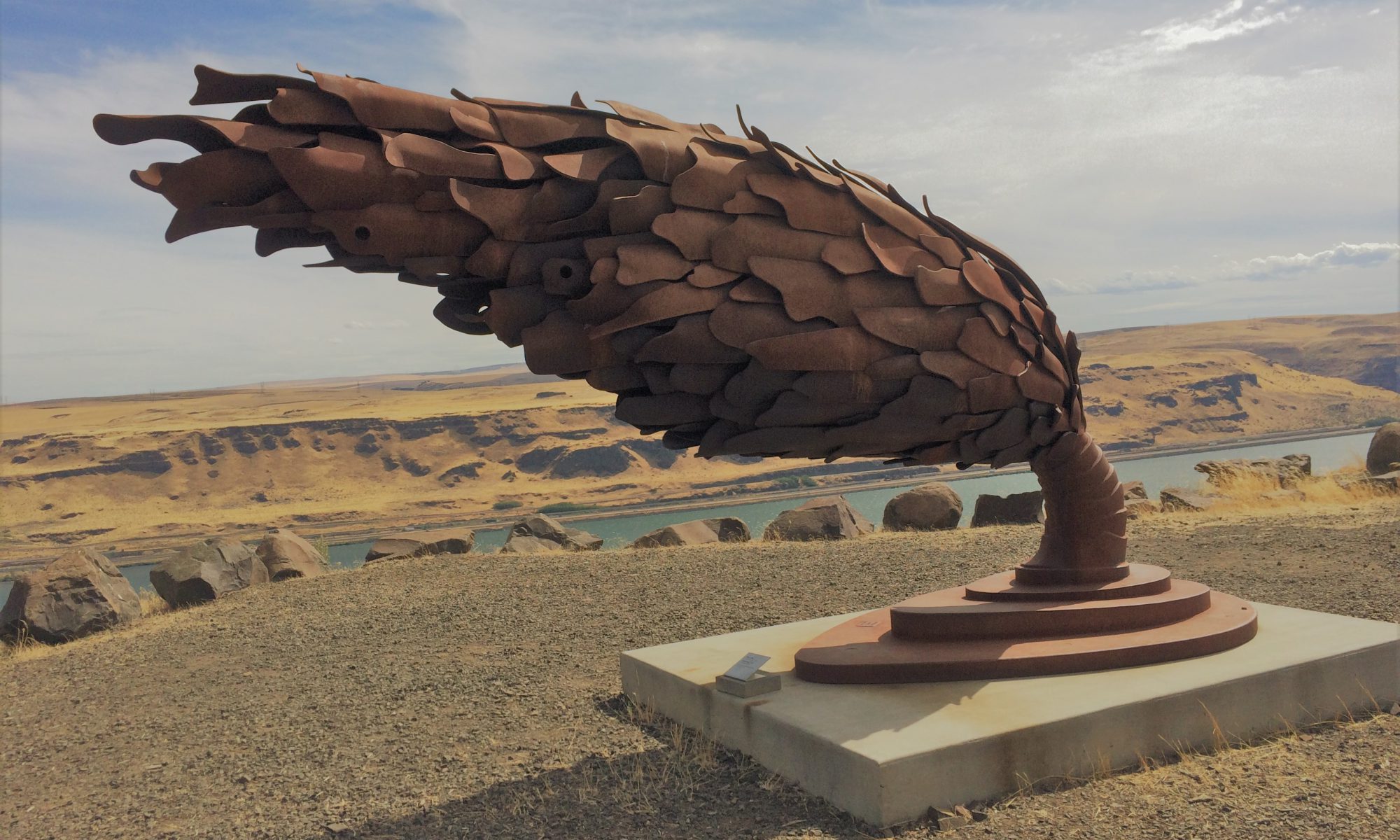
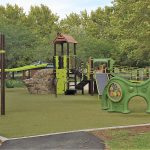
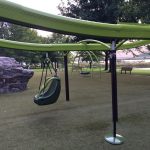
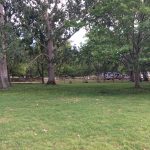
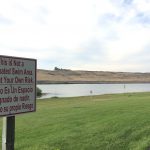
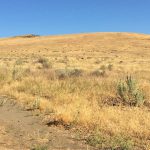
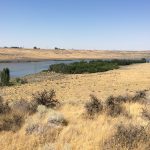
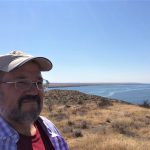
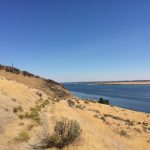
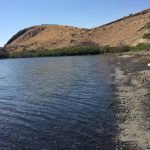
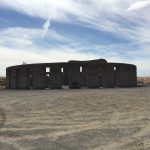
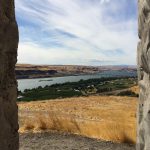
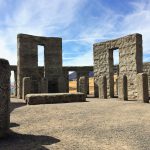
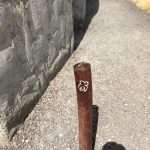
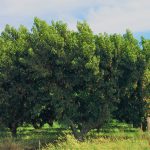
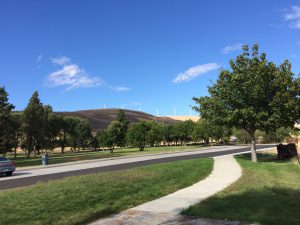
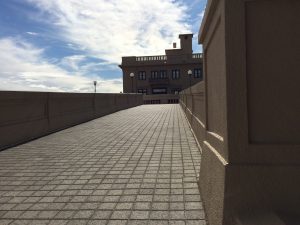
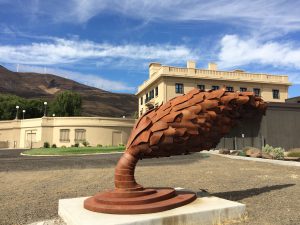
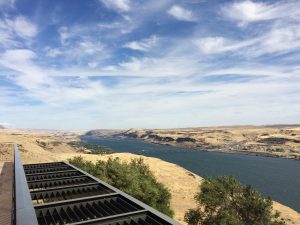
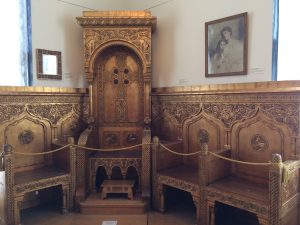
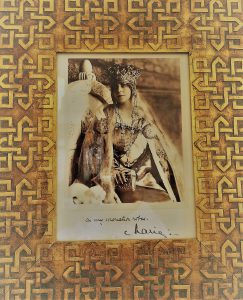
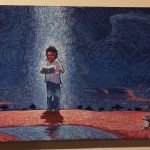
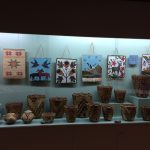
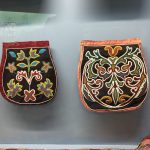
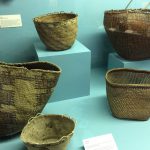
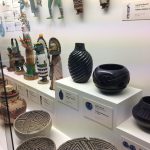
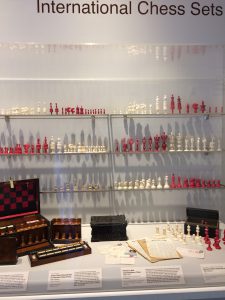
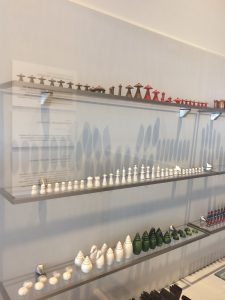
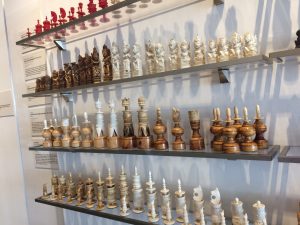
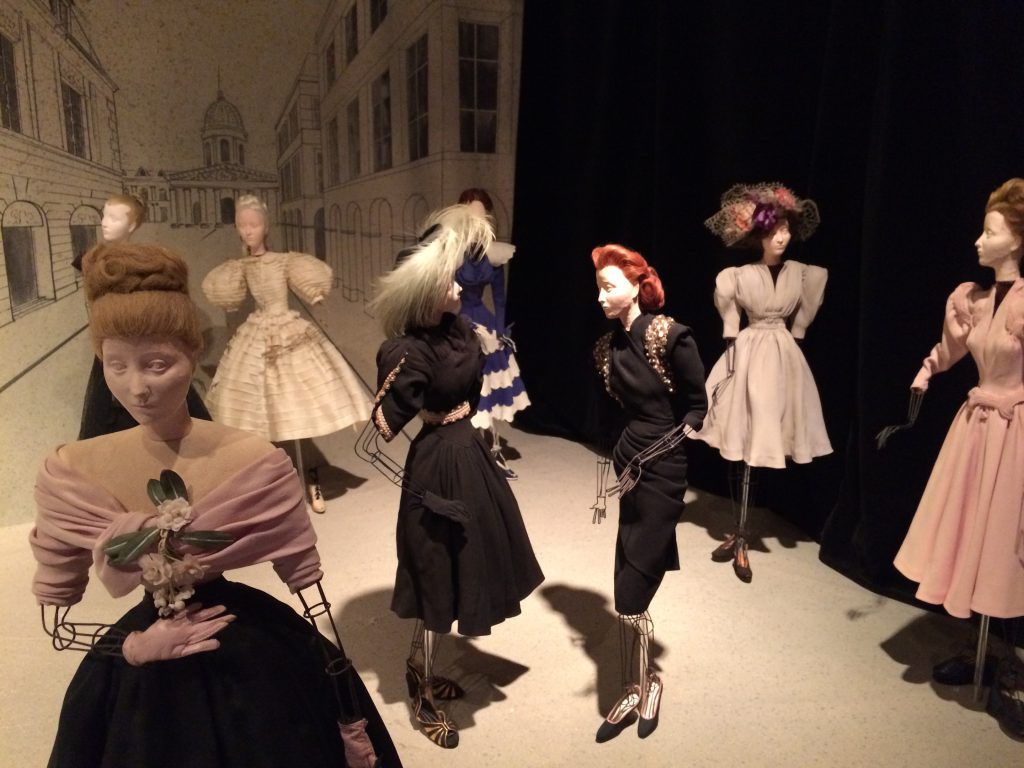
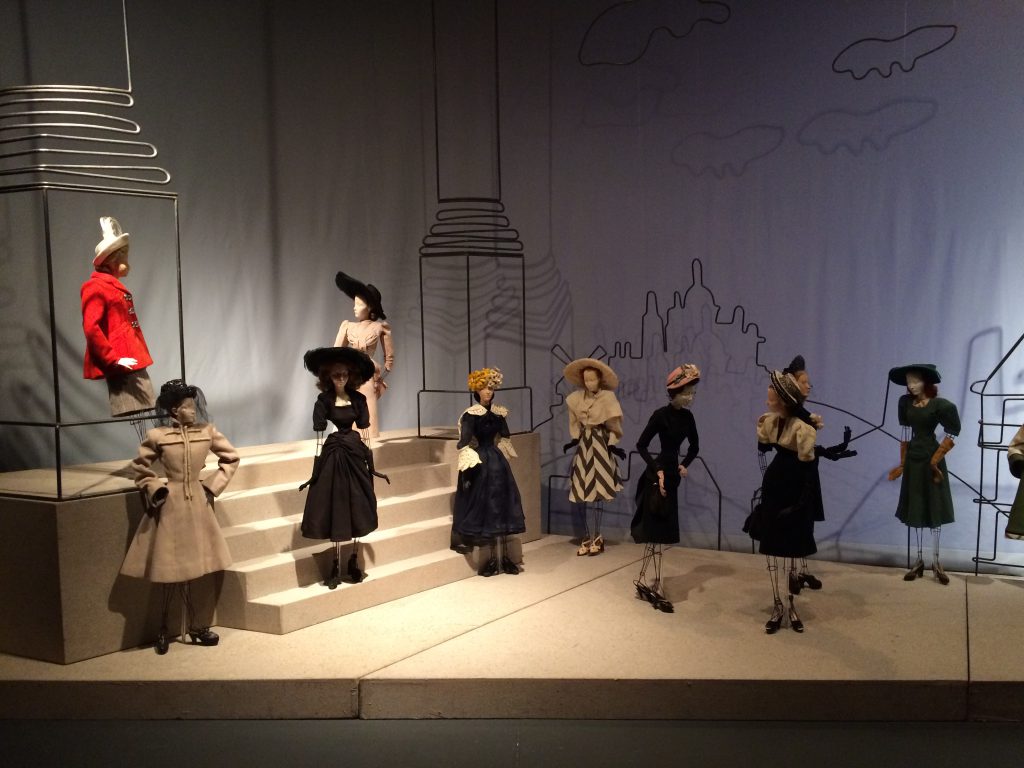
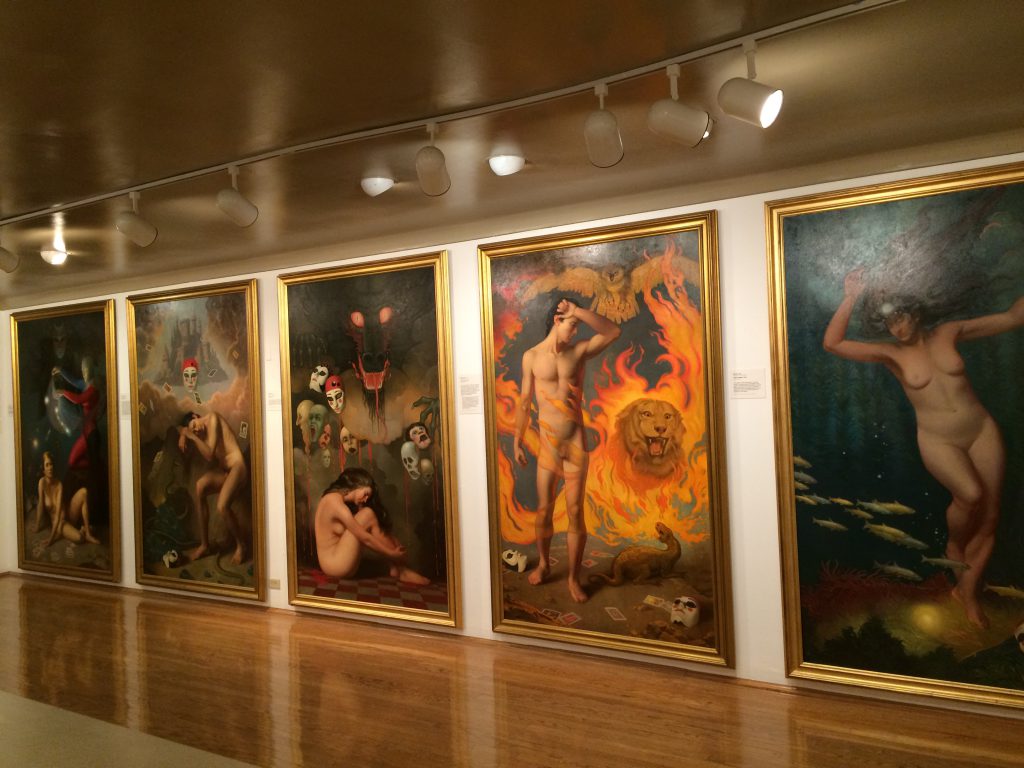
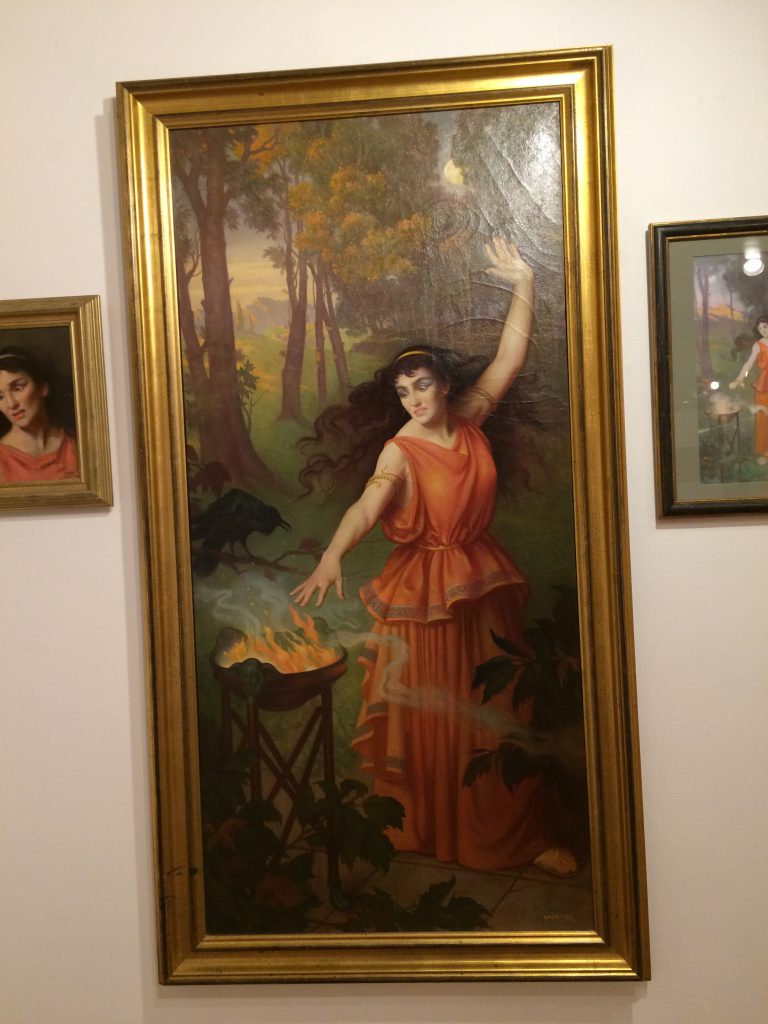
Great account of places most of us will never visit. The contrast between the river and the land is dramatic. Like the Nile. I could imagine Lewis and Clarke paddling down on their final descent to the sea.
Include Maryhill in a list of amazing little spots in America. Glad to know it survives and produces peaches.
The chess sets were fun. Some of them, I’d have a hard time figuring out what was what and whose side of was on. Grandson Matt had a Transformer set and gave it up for that reason.
Loved the display on correspondence chess. I played once, in the 60’s, postcards with a guy from Cincinnati. VERY slow. He was winning, and I just quit.
What diversity! Delicate Native beadwork and bizzaro naked gods!????